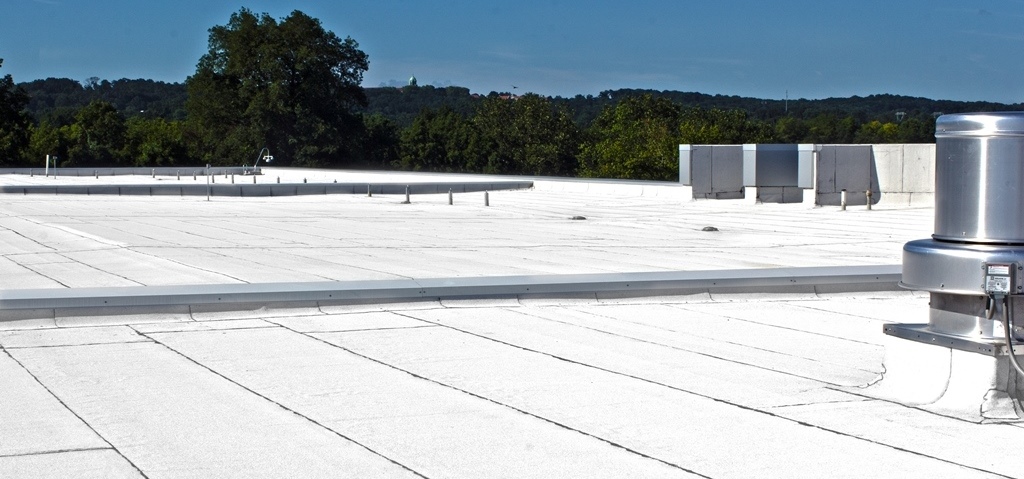Flat roofs have become a popular option for commercial buildings in recent years. These roofs have several advantages and disadvantages that business owners should consider before deciding. In this blog post, we will discuss the advantages and disadvantages of flat roofs for commercial buildings.
Advantages of Flat Roofs For Commercial Buildings
A Cost-Effective Roofing Option For Commercial Buildings
Flat roofs are less expensive to install than other roofs. The materials used for flat roofs are typically less expensive, and the installation process is quicker and requires less labor.
Unlock the Potential of Your Commercial Building With a Flat Roof
The flat surface of a flat roof provides more usable space for commercial buildings. Business owners can use the roof as an outdoor space for employee breaks, rooftop gardens, or even a location for solar panels.
Easier Maintenance
Flat roofs are easier to maintain because they are accessible. Business owners can easily clean the roof or perform routine maintenance without requiring specialized equipment.
The Energy-Efficient Choice For Commercial Buildings
Flat roofs are known for their energy efficiency. The flat surface allows for easy insulation installation, which helps regulate the temperature of the building. This can result in lower energy bills and a more comfortable work environment.
Disadvantages of Flat Roofs For Commercial Buildings
Prevent Water Damage With Flat Roofs
Flat roofs have a low slope, which can cause water to accumulate on the roof. This can lead to leaks and other water damage issues if not properly addressed.
Consider Maintenance Costs Before Choosing a Roofing Option
Repairing a flat roof can be more costly than other types of roofs. Flat roofs require specialized materials and techniques not commonly used in other roofs.
The Shorter Lifespan of Flat Roofs
Flat roofs typically have a shorter lifespan than other roofs. This is because the materials used for flat roofs are less durable and more prone to wear and tear.
Not Suitable For Areas With Heavy Snowfall
Flat roofs are not suitable for areas with heavy snowfall. The roof’s flat surface can cause snow to accumulate, leading to structural damage or collapse.
In conclusion, flat roofs have several advantages and disadvantages that should be considered before deciding. While flat roofs are cost-effective and provide more usable space, they also have drainage issues, are more difficult to repair, have a shorter lifespan, and are unsuitable for areas with heavy snowfall. Business owners should carefully weigh the pros and cons of flat roofs before deciding on the type of roof for their commercial buildings.



